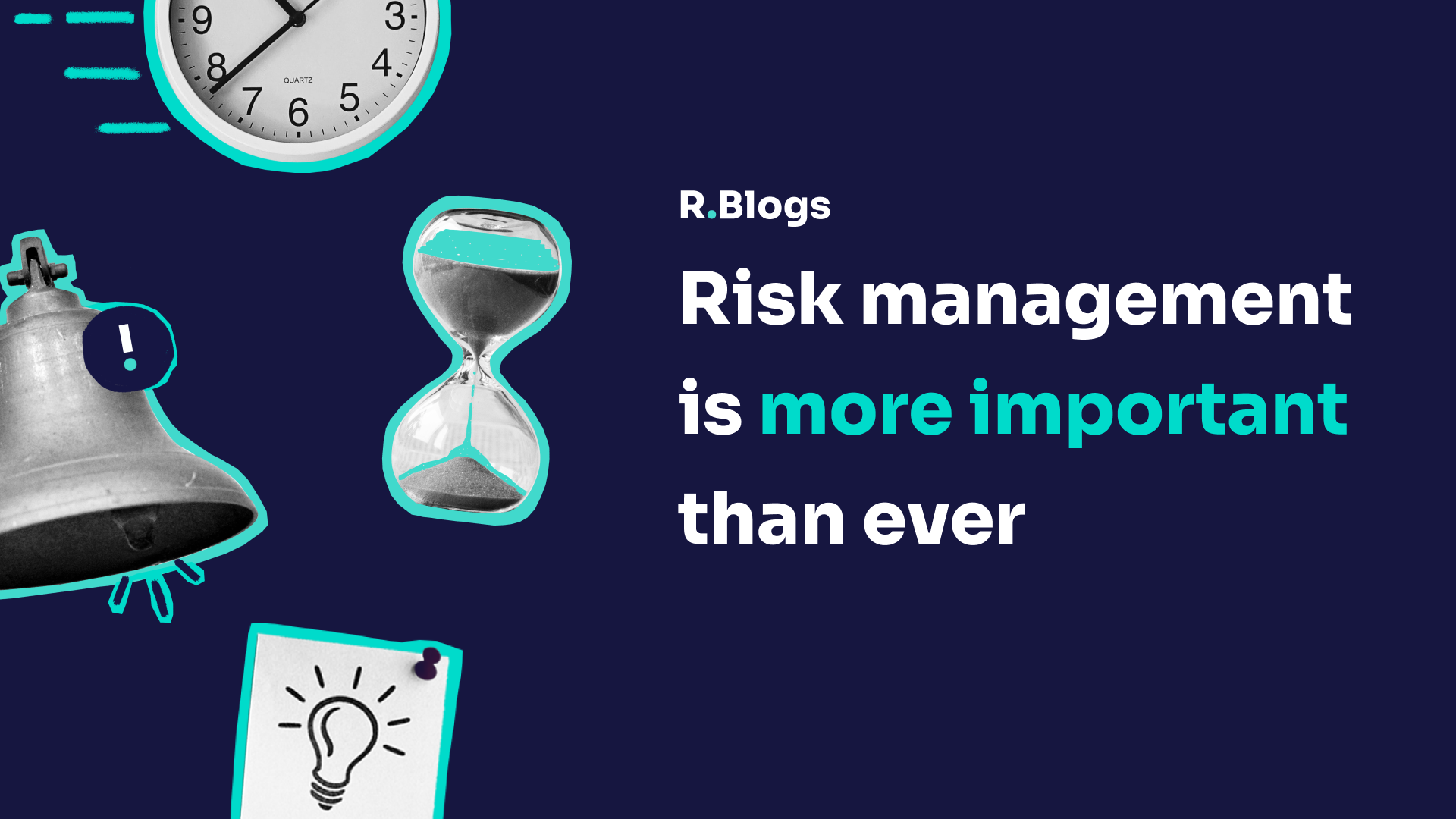Why Organizations Should Prioritize the Importance of Risk Management Now More Than Ever
Why Organizations Should Prioritize the Importance of Risk Management Now More Than Ever
Blog Article
Checking out the Significance of Risk Management for Effective Decision-Making Techniques
In the complex globe of business, Risk Management becomes an essential consider the decision-making process. The ability to identify prospective threats and possibilities, and strategize appropriately, can lead to the distinction in between success and failure. With tools such as SWOT and PESTEL, companies are geared up to make enlightened choices, promoting strength and versatility in an ever-changing atmosphere. Wondering exactly how this works? Allow's unload the characteristics better.
Understanding the Principle of Risk Management
Risk Management, a critical part in decision-making, is typically misunderstood or oversimplified. Risk Management entails self-displined and organized methods, utilizing information and insightful analyses. From monetary uncertainties, legal obligations, critical Management errors, to accidents and all-natural disasters, it deals with numerous threats - importance of risk management.
The Role of Risk Management in Decision-Making Processes
In the realm of calculated planning and organization operations, Risk Management plays an important role in decision-making processes. It helps in determining potential threats and uncertainties that can influence the accomplishment of service objectives. By tracing these dangers, companies can formulate methods to reduce their effect, ensuring business connection and security. Risk Management thus becomes an essential tool in decision-making, assisting leaders to make enlightened choices based upon a thorough understanding of the dangers involved. It urges a proactive technique, allowing organizations to prepare and expect for possible future circumstances. This significantly reduces the probability of unfavorable repercussions, promoting a lot more effective and reliable decision-making methods. As a result, Risk Management acts as an important component in the decision-making processes of any organization.

Just How Risk Management Improves Strategic Planning
In the context of calculated planning, Risk Management plays a pivotal function. Starting with the identification of prospective dangers, it even more expands to the execution of Risk reduction measures. The role of Risk Management is not static however dynamic, as it demands continuous monitoring and adjusting of methods.
Determining Potential Dangers

Executing Risk Mitigation
Having established the importance of determining possible risks, the following action is to check out Risk reduction. This process includes developing and implementing methods to manage identified risks properly. It is an important element of calculated preparation as it enhances decision-making by decreasing potential unfavorable results. Risk mitigation approaches can vary from Risk avoidance, Risk transfer, to risk decrease. Each method should be customized to the specific Risk, considering its prospective influence and the organization's Risk resistance. Efficient Risk mitigation calls for a deep understanding of the Risk landscape and the prospective impact of each Risk. This understanding makes it possible for companies to focus on dangers and allot resources properly, making certain that one of the most significant dangers are addressed initially.
Monitoring and Changing Approaches
Though Risk reduction is a critical action in critical preparation, continuous tracking and change of these techniques is just as important. It also gives a possibility to examine the success of the Risk Management actions, permitting changes to be made where needed, further boosting critical preparation. Monitoring and changing Risk Management approaches is an important part for boosting an organization's durability and calculated planning.
Case Studies: Successful Risk Management and Decision-Making
In the world of organization and financing, successful Risk Management and decision-making typically offer as the pillars of thriving enterprises. One such entity is a multinational oil firm that mitigated financial loss by hedging versus rising and fall oil rates. In an additional circumstances, a tech startup grew by recognizing and accepting high-risk, high-reward methods in an unpredictable market. An international financial institution, confronted with regulatory unpredictabilities, successfully navigated the scenario through proactive Risk analysis and vibrant decision-making. These situations highlight the value of sharp Risk Management in decision-making processes. It is not the absence of Risk, but the Management of it, that often sets apart successful companies from not successful ones. These instances emphasize the important function of Risk Management in tactical decision-making. importance of risk management.
Tools and Methods for Efficient Risk Management
These tools, such as Risk signs up and heat maps, aid in identifying and assessing potential threats. Risk response strategies, an essential element of Risk Management, include approving, staying clear of, transferring, or mitigating threats. With these techniques and tools, decision-makers can browse the facility landscape of Risk Management, consequently assisting in educated and effective decision-making.
Future Trends in Risk Management and Decision-Making Techniques
As we explore the vast landscape of Risk Management, it ends up being apparent that the tools and strategies utilized today will more certainly continue to progress. The concept of Risk society, where every participant of an organization is aware and included in Risk Management, will get a lot more importance. These patterns declare a more comprehensive and positive strategy in the direction of Risk Management and decision-making.
Verdict

Risk Management therefore comes to be a vital device in decision-making, helping leaders to make informed choices based on a comprehensive understanding of the threats entailed. Risk reduction methods can vary from Risk evasion, Risk transfer, to risk reduction (importance of risk management). Reliable Risk mitigation calls for a deep understanding of the Risk landscape and the potential impact of each Risk. Risk reaction strategies, a key element of Risk Management, involve accepting, staying clear of, moving, or mitigating risks. The concept of Risk culture, where every member of an organization is aware and involved in Risk Management, will obtain a lot more prestige
Report this page